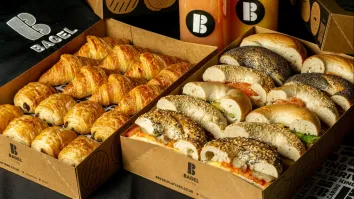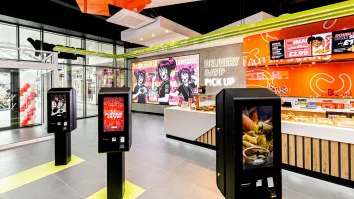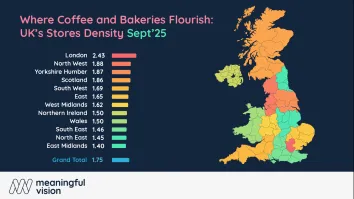
4 top marketing trends for the hospitality industry
With consumers now more tech savvy than ever, this shift in behaviour is driving some big changes in the hospitality sector.
Sheniz Onen from Fleet Street Communications picks out some top marketing trends and how operators can achieve more with less in the digital era.
Brand loyalty
Building brand loyalty amongst consumers is arguably at the top of most company’s agendas – a sought-after approach, but also often difficult to achieve in such a fast-past and competitive environment. Loyal customers are those most likely to open emails and therefore click through to special promotions, leading to increased table bookings and visits.
Offers and promotions
On average, almost 80% of customers say they are influenced by special offers – not really surprising. However, restaurants are starting to make the most of opportunities to fill empty spaces during quieter spells. Even the most glamourous of venues – Bob Bob Ricard cut prices on its à la carte menu by 25% at lunch from Monday to Thursday, and for Monday dinner as part of a pledge to encourage diners to visit outside of peak hours.
Analysing your data can be a massive part of steering these decisions. By using data to incentivise additional spend will ensure operators aren’t losing out in the long run, yet still pulling new and existing customers in.
Digital driving sales
There’s probably not many restaurants out there who aren’t listed with the likes of OpenTable – a 24/7 reservation platform keeping hungry diners up to speed with their favourite venues. Order and pay apps are also becoming increasingly popular with customers. They ultimately increase customer engagement plus basket size, encouraging more spend.
Many pub chains now offer the options for customers to order beforehand or even via a tablet device from the comfort of their own table. Anything which improves the customer experience and prevents queuing at a crowded bar seems a no-brainer.
Get personal
Keeping marketing personal can be a tricky task, yet one worth pursuing.
There’s nothing worse than receiving impersonal, automated messages – and with a multitude of channels, it can be hard to know who exactly is on the other side. Companies should ensure their messaging really resonates with their audiences, keep it personal and strive to really know their customers’ habits. This will help create a seamless experience – one people will keep returning for.
Overall, relevance and timing are everything if operators want to make the most of the valuable customer data they have access to. In a time where technology has heightened expectations, now’s the time for companies to be in tune with their needs and use it to enhance the customer experience.
Read the full article from Fleet Street Communications here.
























